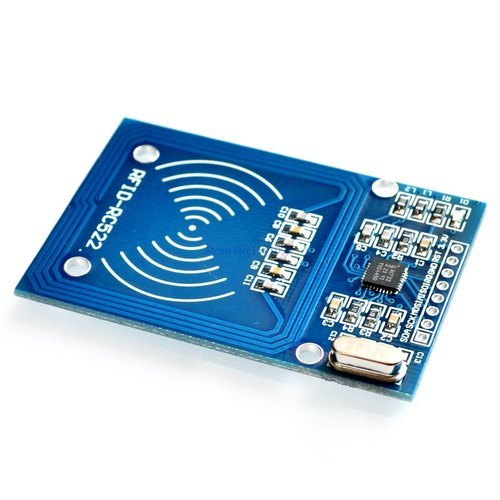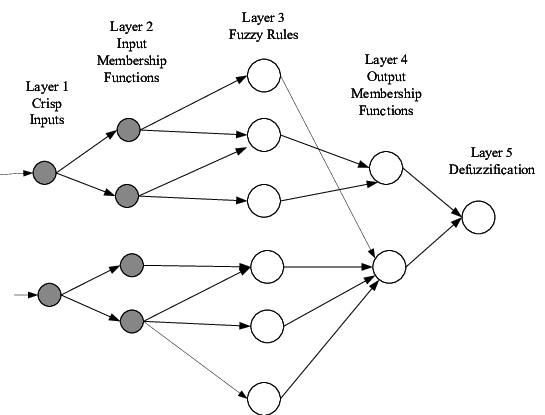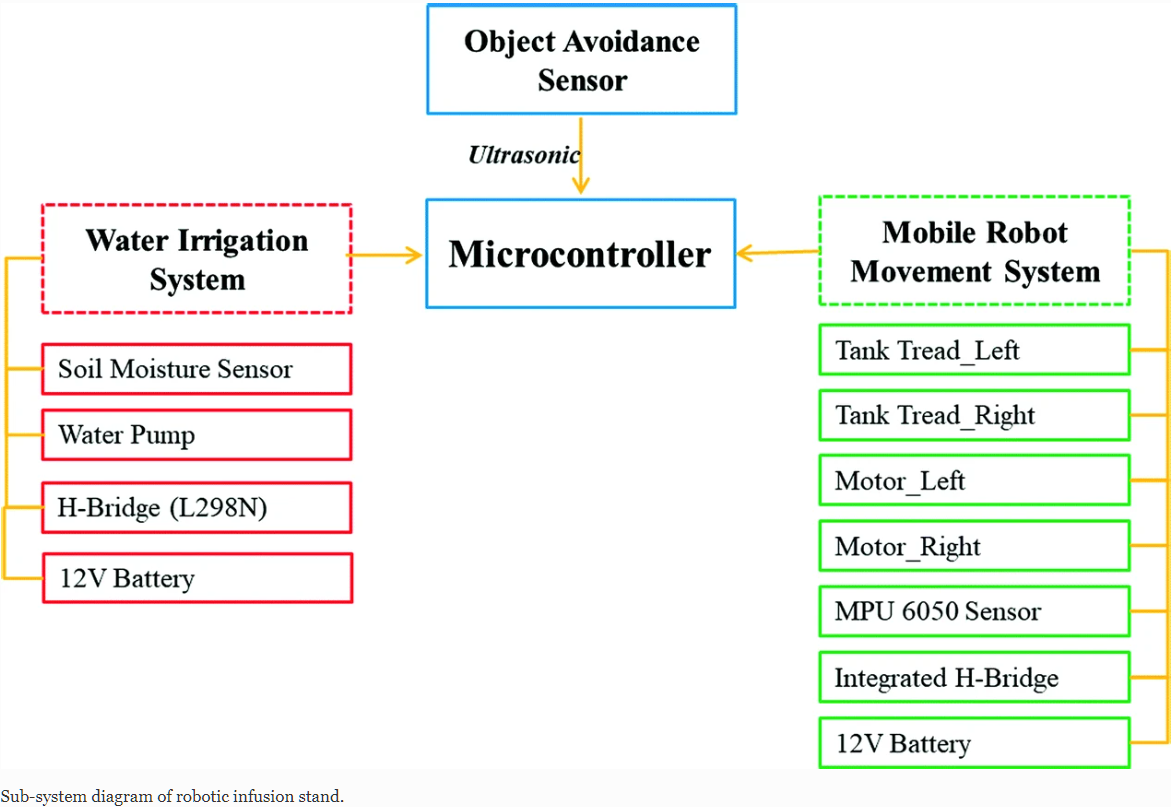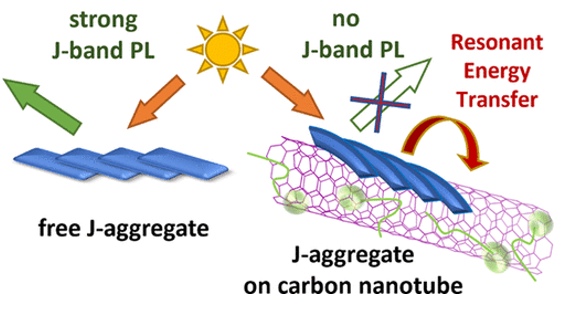Breadcrumb

Multi-reader RFID tag identification using bit tracking (MRTI-BT)
In this paper we study the problem of tag identification in multi-reader RFID systems. In particular, we propose a novel solution to the reader-to-reader collisions and tag collisions in multi-reader systems, using the concept of bit tracking [1]. Towards this objective, we propose the multi-reader RFID tag identification using bit tracking (MRTI-BT) algorithm which allows concurrent tag identification, by neighboring RFID readers, as opposed to time-consuming scheduling. First, MRTI-BT identifies tags exclusive to different RFIDs, concurrently. Second, the concept of bit tracking and the
Analytical Markov model for slotted ALOHA with opportunistic RF energy harvesting
In this paper, we investigate the performance of an ALOHA random access wireless network consisting of nodes with and without RF energy harvesting capability. We develop and analyze a Markov model for the system when nodes with RF energy harvesting capability are infinitely backlogged. Our results indicate that the network throughput is improved when the conventional nodes are underloaded. On the contrary, when all types of nodes have finite backlogs, we numerically demonstrate that the network throughput and delay are improved when the overall system is overloaded. We show that there exists a
Integrated VLC/RF Wireless Technologies for Reliable Content Caching System in Vehicular Networks

Neuro-fuzzy system for 3-dof parallel robot manipulator
Planar Parallel manipulators (PPMs) are widely used these days, as they have many advantages compared to their serial counterparts. However, their inverse and direct kinematics are hard to obtain, due to the complexity of the manipulators' behavior. Therefore, this paper provides a comparative analysis for two methods that were used to obtain the inverse kinematics of a 3-RRR manipulator. Instead of the conventional algebraic and graphical methods used for attaining the mathematical models for such manipulators, an adaptive neuro-fuzzy inference structure (AFNIS) model was alternatively
Neural Network Based Switching State Selection for Direct Power Control of Three Phase PWM-Rectifier
This article proposes an intelligent approach to the Direct Power Control technique of the PWM rectifier, this control technique improves the performance of PWM converter, called Direct Power Control Based on Artificial Neural Network (ANN), applied for the selection of the optimal control vector. DPC-ANN ensures smooth control of active and reactive power in all Sectors and reduces current ripple. Finally, the developed DPC was tested by simulation, the simulation results proved the excellent performance of the proposed DPC scheme. © 2018 IEEE.

Optimal Proportional Integral Derivative (PID) Controller Design for Smart Irrigation Mobile Robot with Soil Moisture Sensor
Uncertainty on the condition of the weather always give a major headache to the agricultural industry as the cultivated plant that is grown on a large scale commercially rely on the condition of the weather. Therefore, to reduce the interdependency on the weather itself, a recommendation to develop a prototypic mobile robot for smart irrigation is submitted. Smart irrigation system is an essential tool from yield point of view and scarcity of the water. This smart irrigation system adopts a soil moisture sensor to measure the moisture content of the soil and automatically provide a signal to
Neural Knapsack: A Neural Network Based Solver for the Knapsack Problem

J-aggregates of amphiphilic cyanine dyes for dye-sensitized solar cells: A combination between computational chemistry and experimental device physics
We report on the design and structure principles of 5,5′-6,6′-tetrachloro-1,1′-dioctyl-3,3′-bis-(3-carboxypropyl)-benzimidacarbocyanine (Dye 1). Such metal-free amphiphilic cyanine dyes have many applications in dye-sensitized solar cells. AFM surface topographic investigation of amphiphilic molecules of Dye 1 adsorbed on TiO2 anode reveals the ability of spontaneous self-organization into highly ordered aggregates of fiber-like structure. These aggregates are known to exhibit outstanding optical properties of J-aggregates, namely, efficient exciton coupling and fast exciton energy migration

Swarm intelligence application to UAV aided IoT data acquisition deployment optimization
Assessing lean systems using variability mapping
A new approach to assess lean manufacturing based on system's variability is proposed. The assessment utilizes a new tool called variability source mapping (VSMII) which focuses on capturing and reducing variability across the production system. The new tool offers a new metric called variability index to measure the overall variability level of the system. Based on the mapping and the new metric, VSMII suggests a variability reduction plan guided by a recommendation list of both lean techniques as well as production control policies. An industrial application is used to demonstrate the new
Pagination
- Previous page ‹‹
- Page 5
- Next page ››
